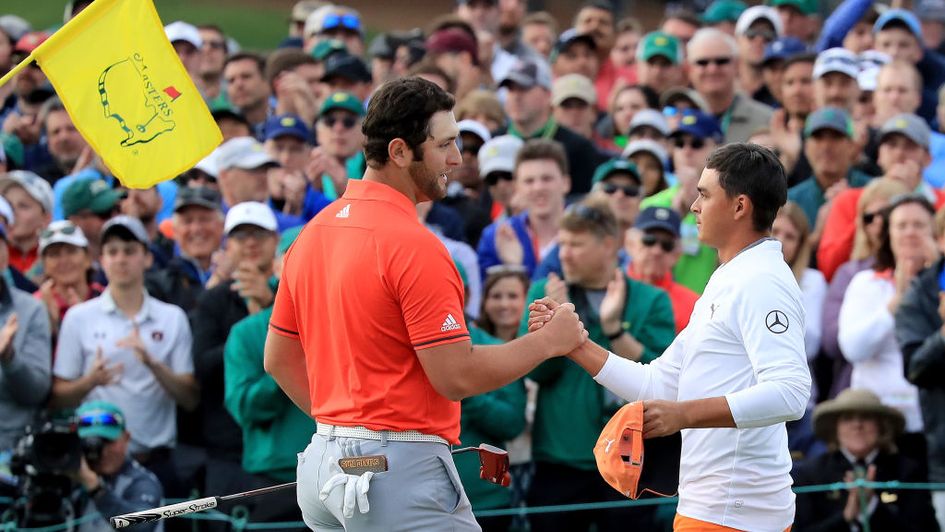How likely is it that the best players in golf go on to win majors? We consulted the industry-leading analysts at Data Golf to find out more.
Earlier this year, before we really knew what was coming, I remember watching Sky Sports Golf and being told that Jon Rahm would win a major in 2020. Former European Tour player Mark Roe was the man behind the microphone, and even allowing for his chosen style of delivery, it felt ridiculously insistent. Roe wasn't making a prediction, he was making a promise. In his mind, Rahm need only play as well as he's been playing for a while now, and he'd win one of the four.
A week later and there was a spanner in the works, and it came from Roe's own toolbox: four was now three, because he had decided that Justin Thomas would be extremely hard to beat in the US Open. Thomas, a brilliant and likeable major champion though he may be, has largely struggled in the most important events - by his own admission. In one respect that's promising, because he's had two chances to win majors, and he's taken one of them. Still, he'd have hoped for better since the 2017 PGA Championship, and in the US Open his best result is tied ninth.
These proclamations were made at specific and significant moments. Rahm was crowned during the Farmers Insurance Open, which he looked like winning for a second time. In the end, he would go on to finish second, extending a sensational run which stretches back to last summer. It is now more than a year since Rahm made the cut but failed to finish in the top 20 - and he's only missed three cuts, counterbalanced by three more titles.
The Spaniard is currently second in the Official Word Golf Rankings, and at the very top they're hard to argue with. When golf was forced into indefinite hiatus, he really did look like the second best player in the world, behind Rory McIlroy. At Torrey Pines at the end of January, the two of them appeared set for a private duel only for Marc Leishman to sweep past. Had Roe waited until the end of the tournament, perhaps he'd have seen a lesson in that.
It's the 2020 (Simulated) Masters!
— Sean Zak (@Sean_Zak) April 6, 2020
All 5,652 holes played by 94 competitors. Tragically, this Masters would have been A LOT of fun. BIG thanks to @DataGolf. https://t.co/Yr6gdVQ9D2
As for Thomas, his major was handed out a week later during the final round of the Phoenix Open, where his charge never quite looked like being enough to muscle in on the Tony Finau-Webb Simpson play-off. He finished third, less than a month after winning the Tournament of Champions, to further underline his place among the game's very elite. Still, it's not clear exactly what it was about this birdie barrage in the Arizona desert which convinced Roe of his suitability to a test of total contrast in New York. Like so many flippant remarks in the box, it went unexplaIned and unchallenged.
Roe isn't alone, and I should acknowledge here that his job is considerably harder than mine. It's quite easy, actually, to fire off tweets and even to write in some detail about what someone else said and why they were wrong to say it. In this instance, however, it feels justified as a means to underline a point: majors are so much harder to win than commentators typically acknowledge, and we should not be flippant about Rahm winning a major in his career, let alone over the course of the next four, whenever they do take place.
I believe Rahm will likely win a major, and probably another after that. Of all the players in the sport without one, he is by far the most exciting and already the most capable. I've felt for a long time now that we've become a little numb to his achievements, because he's made success appear perfectly natural. It came easier to him than it did to McIlroy almost a decade earlier, easier than it did to Thomas inbetween. His numbers are really only comparable to one player in modern golf, and Tiger Woods happens to have 15 majors to his name.
Still, it's best to avoid comparisons with Tiger, and look to the next wave of players who've emerged since he did. Think about how long it took Phil Mickelson to win a major. Consider the fact that Dustin Johnson, the single most consistent collector of titles over the last 10 years, has won just one. Cast your mind back to how dominant Jason Day was, briefly, in 2015, and how likely it seemed that one major would become two, and two would become three. When Jordan Spieth won his third, a fourth appeared inevitable; now it's anything but.
Rahm has built the best possible platform for success at the very highest level and, as with those above, his time will almost certainly come. Almost certainly.
Just how likely is he to go on and win a major championship? Perhaps Data Golf can help set some realistic expectations, not just for Rahm, but for the wave of bright young talents who now seem to dominate the PGA Tour.
How Data Golf calculate win chance
- Best player in the world (+2.5 strokes-gained): 7-10%
- Top-five golfer (+2 strokes-gained): 4-5%
- Top-30 golfer (+1 strokes-gained): 1-1.5%
- Average PGA Tour player (0 strokes-gained): 0.1%
Jon Rahm
- Major in five years: 60%
- Major in 20 years: 90%
"We've said a few times recently on Twitter that Rahm is underrated; other than Tiger, he's had the best start to his career (in terms of strokes-gained) of any young player in the last couple decades.
"He is the only player we are expecting to be playing at the level of a top-five player in the world for the next five years. So for the next five years, we can probably say we'd expect Rahm to win 0.045 x 20 = 0.9 majors. The odds of him not winning a major are 40%, which gives us a 60% chance to win one.
"If we wanted to extend this to the next 20 years, we'd say roughly for seasons six to 10 seasons we can keep using the top five win probability, so we'd expect him to get another 0.9 in those seasons, and then for seasons 11-20 we'll apply the top-30 player in the world win probability (1.25%), which results in another 0.5 majors.
"This gives us a grand total of 2.3 majors. The probability of Rahm not winning a major in the next 20 seasons under these assumptions is (1-0.045)^40 * (1-0.0125)^40, which equals 9.6%."
I hope, like me, you found this fascinating. What particularly struck me - along with the generosity of Data Golf in terms of both time and the depth of information they were willing to share - is that the numbers fit pretty well with what I would consider to be the general assumptions of logical-thinking golf experts, i.e. those who don't dish out majors as if there are 25 of them a year.
To me, Rahm winning two to three majors seems the right sort of area. I would be slightly more inclined to think he'd win four than one, but in a perverse way perhaps lean more to zero than five. It's worth remembering that there are 12 golfers who've won five or more majors since World War II. Ernie Els, a truly great player who suffered very few fitness interruptions at his peak, has four to his name.
The numbers also leave no doubt that Rahm cannot be considered certain to win majors. Projections for the next 20 years are generous in their assumption of fitness and no real loss of form, at least for a while, and they still leave the odds of Rahm not winning a major from now to 2040 at 9/1. That's shorter than his odds to win the Masters this year - which Rahm did in Data Golf's simulation - and removes any notion of certainty.
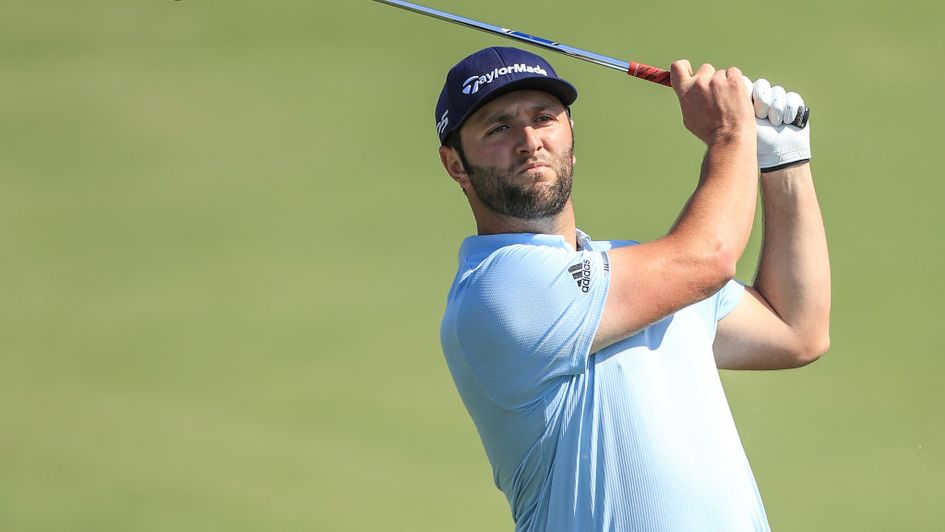
Rickie Fowler
- Major in 20 years: 56.6%
"Fowler is 31, so maybe has 15 more seasons of majors if we're optimistic. We are projecting Fowler to be around a 1.2-1.6 strokes-gained golfer the next five years, so it might be reasonable to say there's a 40% chance he'll be a top-five golfer in the coming seasons, and a 60% chance he'll be a top-30 guy.
"For the next seven after that we can assume he'll be a top 30 guy, and then for the final three we'll assume he's an average professional - he will be 43 by then, after all.
"Without overcomplicating it for the reader, we're left with a weighted sum something like this: 20 * (0.4 * .045 + 0.6 * .0125) + 28 * .0125 + 12 * .001 = 0.87 majors.
"For probability of not winning any, we get: (0.4 * (1-0.045)^20 + 0.6 * (1-.0125)^20) * (1-0.0125)^28 + (1-.001)^12, which equals 43.4%."
If you are anything like me, i.e. really good at maths GCSE, really bad at maths A-level, the above might confuse you slightly more than it intrigues you. If you can stay with it, you'll see the outcome is that Fowler remains slightly more likely to win a major over the course of the next 20 years than not, but far from guaranteed.
Perhaps the best way to demonstrate the expectations being set is that Fowler's prospects of winning one of his next 80 major starts are similar to those of Rahm winning one of his next 20. To underline that these numbers assume, as they must, good health and stable enough performance, Lee Westwood has played in 82 majors aged 46. Fowler would be on to 120 by the age of 43.
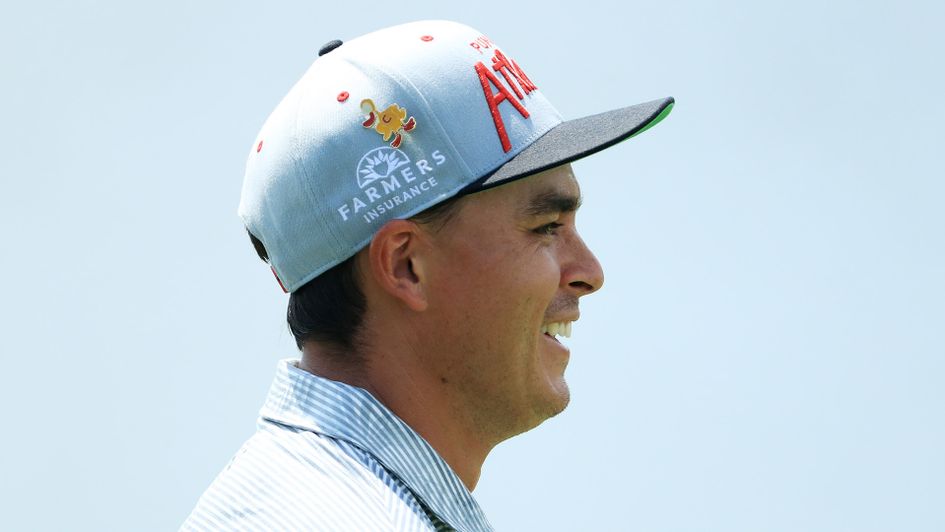
Xander Schauffele
- Major in 20 years: 65%
"He's 25, so we'll look at 20 seasons again. We have him projected to be something like 50% chance of top-five player in the world the next five years, and 50% chance of top-30 player. Then for following 10 years we'll project him as a top 30 player, and for the final five just as an average PGA Tour pro.
"This gives us: 1.1 expected majors, and a 35% chance of not winning one. It's pretty rough analysis, but I think it illustrates your point. Even just applying the base rates for win probabilities to various time intervals is pretty illuminating. It's also important to note that we haven't really allowed for the possibility of injuries or careers being derailed for other reasons."
Schauffele was chosen as an example because he's both young and already performing at an extremely high and consistent level. I expect the general golfing public would identify him as a likely future major winner, and yet with so few to go round, he seems like a classic example of a player whose probability is much lower than perception.
Data Golf effectively make him around a 2/1 chance never to win a major, and around 1/2 to do so. I suspect most punters would only consider one side of that bet, which isn't to say that the figures are wrong - more that assumption is dangerous and often unrealistic.
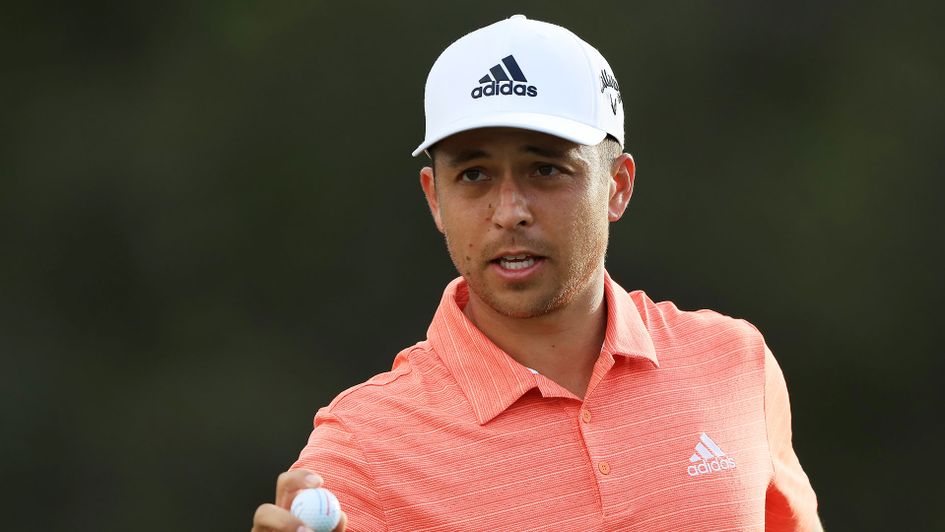
Rasmus Hojgaard
"We have Rasmus Hojgaard as averaging about -1 true strokes-gained (that is, strokes-gained over what we would expect from an average PGA Tour field) for the 2019 season. This included 75 rounds on a combination of the Challenge Tour and European Tour.
"For reference, we have the average European Tour field as about one stroke worse than the average PGA Tour field, and the average Challenge Tour field as about 2.1 strokes worse. So Hojgaard was playing like an average European Tour player last year, as an 18-year-old. So far in 2020, with 22 rounds to go off of, he is averaging -0.4 true strokes-gained.
"In our predictive model we have Hojgaard's skill level at -0.6 true SG (i.e. this is what we would expect him to shoot in his next round).
"Now, for his career projection, a useful comparison could be Joaquin Niemann. As a 19-year-old, Niemann averaged +1.1 true strokes-gained in 44 rounds; as a 20-year-old he averaged +0.56 true SG in 96 rounds. Relatedly, Jordan Spieth as a 19- and 20-year-old was averaging around +1.5 SG.
"For Niemann we are projecting that by age 23-25 he will be a top-30 golfer, albeit with the caveat of lots of uncertainty. For Hojgaard, because he's a year younger than Niemann, projecting that he will be slightly better than an average PGA Tour player by age 23-25 seems reasonable to me given what we know today. There is also some small chance he becomes a top 30 player in the world.
"As for projecting majors, we need to think about how many majors he will actually gain entry to. If Hojgaard is an average PGA Tour player quality for 15 years (aged 25-40), we'd be looking at him qualifying for 1-2 majors per year, though again this acknowledges plenty of unknowns.
"This would give us perhaps 20-25 majors played, with let's say a 0.2% (because we think he's slightly better than an average PGA Tour player) win probability at each one, which gives us 0.04-0.05 expected majors... and a 95-96% chance of not winning one."
Data Golf openly acknowledge that they base the above only on what the data indicates, and that the data is of course limited by the fact that Hojgaard has only been on our radars for a year or so now. In that time, he's quickly become a European Tour player, and a European Tour winner, with some poor golf thrown in too. It must make him close to impossible to plot - something I acknowledged when asking the question.
Still, Data Golf do remind us that Spieth was playing like a top 15 player in the world aged 19-20. Hojgaard, in their rankings, does not yet make the top 300 (OWGR has him at 184th, their system giving more weight to winning tournaments than overall performance). Spieth is an extreme example - it's virtually unheard of for a player of his age to have performed that well - but still helps to shape expectations; to make them somewhat more realistic. Hojgaard might be the next big thing on the European Tour, but he has a long way to go to prove himself world-class.
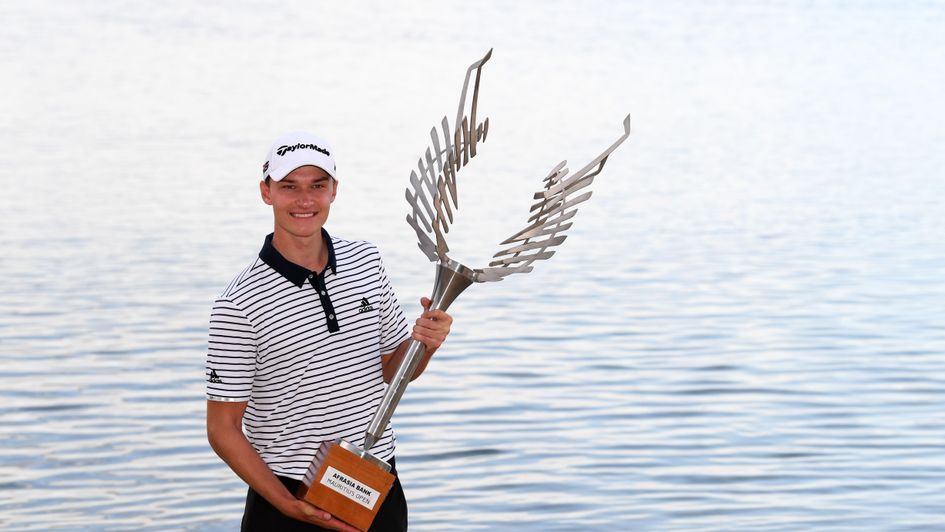
Expect, but don't assume...
In our conversations, Matt and Will at Data Golf stressed the underlying reason behind what some would consider to be low expectations, such as Rahm being the only player they expect to be playing to the standard of a top-five golfer for the next half a decade.
That reason is more simple than any formula, or any of my rambling: we remember every young player who comes out and lives up to our expectations. We tend to forget, when it's convenient at least, the others. Consider what similar equations would have said about Colin Montgomerie or Lee Westwood or Luke Donald once upon a time, or Matt Kuchar, or Steve Stricker, or Hunter Mahan, or Nick Watney.
Consider what they might have expected of Matteo Manassero, of Charles Howell, of Ryo Ishikawa, of Danny Lee. Look to Chris Wood and to Jeff Overton; to Si Woo Kim, Bud Cauley, Peter Uihlein and Ollie Schniederjans. Ask yourself what you yourself expected of Jamie Lovemark when he turned professional, and where Rhys Davies is these days. Casey Wittenberg, Nick Dougherty. Anthony Kim.
Most of these never reached the heights Rahm has already scaled at the age of 25, but some of them did. He is an extraordinary golfer who will likely go on to achieve extraordinary things. It's still best to let him go ahead and do it, rather than assuming that he will.
- Originally posted in April to mark intended Masters dates






